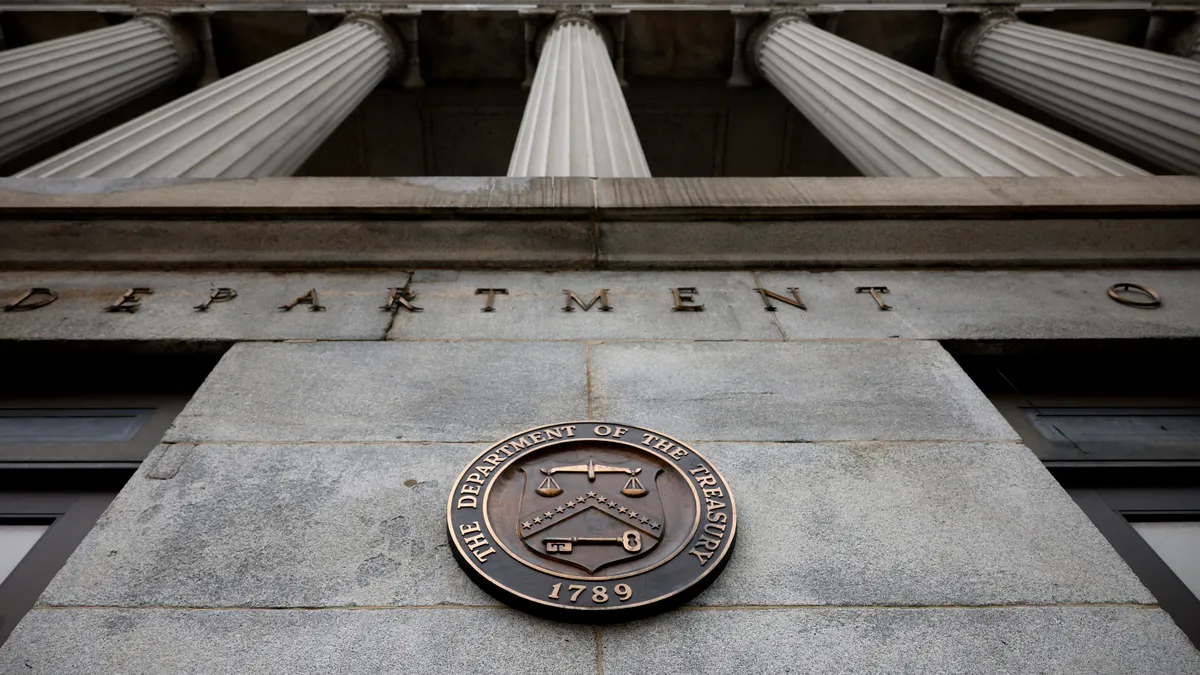Dive Brief:
- Three federal banking regulators finalized an update to the Community Reinvestment Act and released new guidance Tuesday on how large lenders should manage climate-related financial risk exposure.
- In addition to revising the 1977 anti-redlining law, the update to the Community Reinvestment Act looks to bolster lower-income communities and communities of color against climate change by adding a disaster preparedness and climate resilience category of community development activities for banks and financial institutions.
- The two initiatives by the Treasury's Office of the Comptroller of the Currency, the Federal Reserve and the Federal Deposit Insurance Corporation are designed to safeguard the financial sector from climate threats by increasing climate risk mitigation and pushing more banks to invest in the climate resilience of historically redlined neighborhoods.
Dive Insight:
Though climate risk has not yet caused a bank to fail or led to a financial crisis, acting comptroller of currency Michael Hsu said during an FDIC board meeting Tuesday that complacency can emerge in the absence of harm, and the government shouldn’t wait for a disaster to act. Comparing climate risk to cyber risks, which came before it, Hsu said it’s prudent for the government to adapt as new risks emerge.
“Risk, no matter what you call it, needs to be managed,” Hsu said. “We have learned through hard-earned experience that it is better to address risks as they emerge, rather than after they’ve caused damage.”
The new guidelines for how banks should manage climate-related financial risks are designed for institutions with more than $100 billion in total consolidated assets, putting the focus on larger banks rather than the whole sector. The agencies, however, recognized that nearly all financial institutions face some sort of material climate-related financial risk.
The updates to the CRA — which requires regulators to determine if banks are providing access to loans and credit to communities without discrimination — will now give credit to institutions for climate resilience activities.
Climate preparedness activities include creating flood control systems, retrofitting affordable housing for future climate risks and designing infrastructure to safeguard against rising sea levels. The updated rules also identify more initiatives as CRA-eligible activities, including the creation of green spaces in low- and moderate-income areas and cooling or warming centers in extreme weather zones.
“Since its enactment, CRA has become the foundation of responsible financing for low- and moderate-income communities in the United States,” FDIC Chair Martin Gruenberg said at the meeting. “This final rule will significantly expand the scope and rigor of CRA and will assure its continued relevance for the next generation.”
The framework is based around principles of effective governance, incorporating climate risks into policies, procedures and limits, and making climate risks a part of strategic planning, data collection and analysis and risk scenario analysis.
Gruenberg said he expects financial institutions to incorporate climate risks into their activities in a way that will allow them to meet their communities’ financial needs. At the same time, he noted that FDIC’s interest in the topic is because of the financial risks associated with climate change and not climate change itself.
“The FDIC is not responsible for climate policy, and does not tell banks which customers to serve,” Gruenberg said. “However, financial institutions should fully consider climate-related financial risks, as they do all other risks, and continue to take a risk-based approach in assessing individual credit and investment decisions.”










